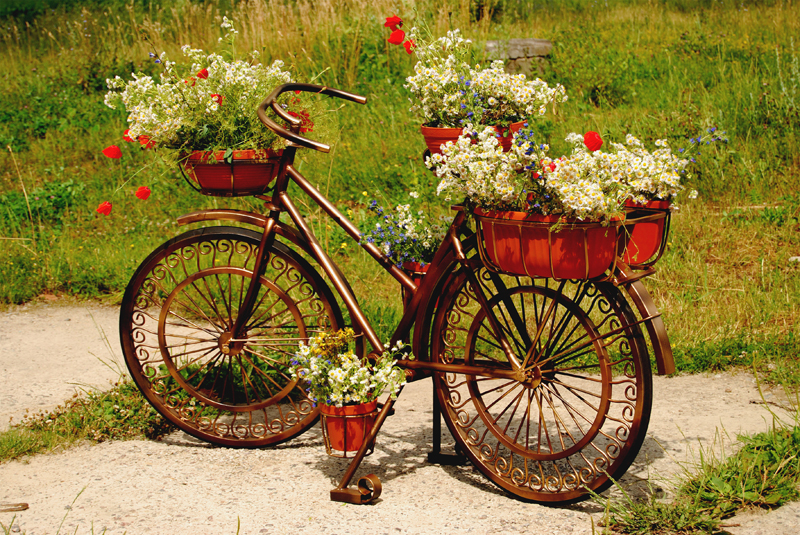Genetic Isolation

Genetic isolation refers to the separation of populations from one another, which can result in reduced gene flow and limited exchange of genetic information. This can occur when a physical barrier, such as a river or mountain range, divides a species into separate populations, or when human activities, such as deforestation, fragment habitats and prevent the movement of individuals between populations. Over time, genetic differences between isolated populations can increase, leading to the evolution of distinct sub-populations or even new species. Genetic isolation can also increase the risk of extinction for populations, as limited gene flow can reduce the genetic diversity and adaptive potential of the population, making it more vulnerable to diseases, environmental changes, and other threats.
Primary cause of genetic isolation is the destruction of natural habitats for wildlife. It has significant negative impacts on biodiversity and ecosystems. It reduces the availability of food and shelter, leading to declines in populations of species that rely on these habitats. In addition, fragmentation and degradation of habitats can cause genetic isolation and increase the risk of extinction for many species. This can have cascading effects on the ecosystem and impact the overall health of the environment. Human activities, such as urbanization, deforestation, and agriculture, are the primary causes of habitat destruction.
A recent example of genetic isolation is the case of the Amazon masonry bark beetle (Euctemon latebricola). This species is native to the Amazon rain forest and was found to have two isolated populations, one in the west and one in the east, separated by the Andes mountain range. Studies have shown that the two populations have been isolated for at least 2 million years and have developed distinct genetic differences, including differences in their mating songs. This genetic isolation has allowed the two populations to evolve independently, potentially leading to the development of two separate species. The example highlights the role of physical barriers in causing genetic isolation and the potential for evolution in response to these barriers.
Stopping genetic isolation and promoting gene flow between populations is a challenge, but it is important to conserve biodiversity and prevent the loss of genetic diversity.
Preserving and restoring habitats can help to reduce fragmentation and increase the connectivity of habitats, allowing for the movement of individuals and the exchange of genetic material between populations.
Invasive species can cause physical barriers or alter the environment in ways that prevent gene flow between populations. Effective control of invasive species can help to reduce these barriers and promote gene flow.
Translocation and reintroduction programs involve the deliberate movement of individuals from one population to another to increase genetic exchange and improve genetic diversity.
Landscape-level conservation planning considers the interconnection of habitats and helps to ensure that protected areas are connected and allow for the movement of species and the exchange of genetic material.
Regular monitoring and management of genetic diversity can help to detect changes in the genetic structure of populations and inform conservation efforts aimed at preventing genetic isolation and preserving genetic diversity.
These are some of the ways to address genetic isolation and conserve genetic diversity. The specific approach will depend on the species and the environmental context.
Primary cause of genetic isolation is the destruction of natural habitats for wildlife. It has significant negative impacts on biodiversity and ecosystems. It reduces the availability of food and shelter, leading to declines in populations of species that rely on these habitats. In addition, fragmentation and degradation of habitats can cause genetic isolation and increase the risk of extinction for many species. This can have cascading effects on the ecosystem and impact the overall health of the environment. Human activities, such as urbanization, deforestation, and agriculture, are the primary causes of habitat destruction.
A recent example of genetic isolation is the case of the Amazon masonry bark beetle (Euctemon latebricola). This species is native to the Amazon rain forest and was found to have two isolated populations, one in the west and one in the east, separated by the Andes mountain range. Studies have shown that the two populations have been isolated for at least 2 million years and have developed distinct genetic differences, including differences in their mating songs. This genetic isolation has allowed the two populations to evolve independently, potentially leading to the development of two separate species. The example highlights the role of physical barriers in causing genetic isolation and the potential for evolution in response to these barriers.
Stopping genetic isolation and promoting gene flow between populations is a challenge, but it is important to conserve biodiversity and prevent the loss of genetic diversity.
Preserving and restoring habitats can help to reduce fragmentation and increase the connectivity of habitats, allowing for the movement of individuals and the exchange of genetic material between populations.
Invasive species can cause physical barriers or alter the environment in ways that prevent gene flow between populations. Effective control of invasive species can help to reduce these barriers and promote gene flow.
Translocation and reintroduction programs involve the deliberate movement of individuals from one population to another to increase genetic exchange and improve genetic diversity.
Landscape-level conservation planning considers the interconnection of habitats and helps to ensure that protected areas are connected and allow for the movement of species and the exchange of genetic material.
Regular monitoring and management of genetic diversity can help to detect changes in the genetic structure of populations and inform conservation efforts aimed at preventing genetic isolation and preserving genetic diversity.
These are some of the ways to address genetic isolation and conserve genetic diversity. The specific approach will depend on the species and the environmental context.

Related Articles
Editor's Picks Articles
Top Ten Articles
Previous Features
Site Map
Content copyright © 2023 by Farjana Amin. All rights reserved.
This content was written by Farjana Amin. If you wish to use this content in any manner, you need written permission. Contact Farjana Amin for details.






